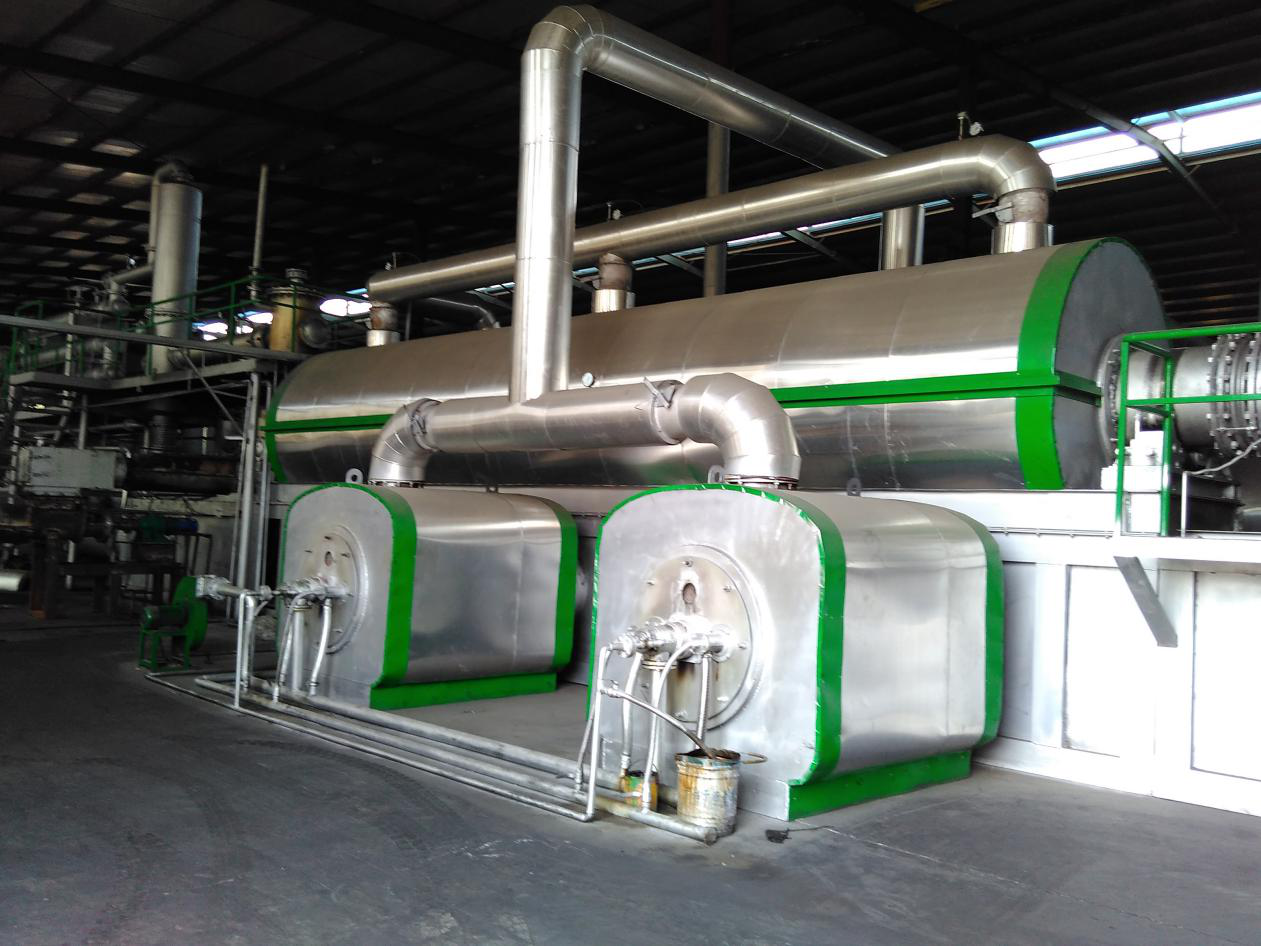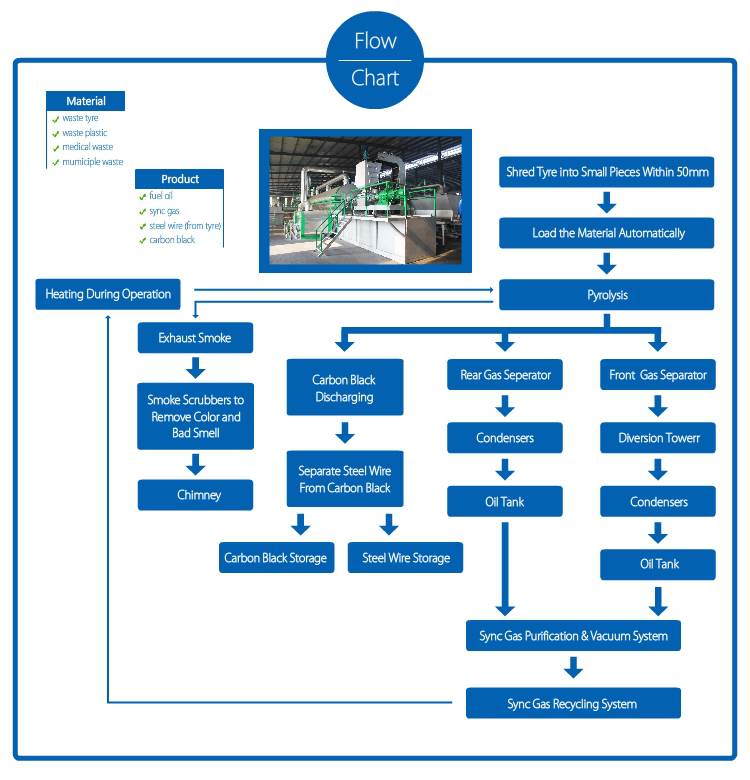Author: Wang Jing
An unfavorable news came from overseas. Recently, the U.S. investment bank Morgan Stanley issued a forecast report saying that due to the oversupply of excess capacity, fierce market competition will lead to a decline in car prices, profit margins and investment returns. The Chinese auto industry may not be profitable in 2006, 2007 The industry outlook is even more bleak.
It now appears that the so-called "glacial period" in 2004 is only the tip of the iceberg. In 2005, the downward trend in profits of the automotive industry has become even more obvious.
In fact, the performance of the automotive industry this year is not surprising. In 2003, China's vehicle capacity utilization rate was 68%, which was the highest in recent years. Therefore, many auto companies decided to expand production in that year. Earlier, there were authoritative organizations that had issued a research report and said that as the production cycle of automobile production capacity usually takes more than 18 months, it will directly lead to a significant drop in the utilization rate of car capacity in China in 2005. However, the current problem is that in 2005, the expansion trend has still not been effectively controlled.
After seeing the ambitious plan formulated by major auto companies in the country for the “Eleventh Five-Year Plan,†the first impression of government officials is that “the problem is severeâ€.
FAW, SAIC, Dongfeng, BAIC, GAC, and Chongqing Auto (including: Changan, Qingling Heavy Duty Truck), the sum of the planned output of only a few key state-owned auto companies was as high as 9.3 million, exceeding the National Development and Reform Commission for 2010. The market capacity is between 8 million and 9 million vehicles. Behind them, there are hundreds of vehicle manufacturers such as Hafei, Chery and Geely.
Some officials could not sit still. Should the government take control from the source? Tensions in the industry are intensifying.
In fact, as far as the automotive industry is concerned, macro-control has always existed. In 2004, the government used both "credit" and "land" in a two-pronged approach. "With both hands, both hands are very hard." But what is the result? The insurmountability of local protection and the great joy of state-owned enterprises make administrative measures invisible in the market.
Therefore, some officials suggested that what China really needs to consider is how to strengthen the total control and structural optimization of the automobile industry next year through the two-way role of the market retreat mechanism and macro-control. The author believes that the so-called market reversal and macro-regulation have a two-way effect and need to be protected by the system.
On the one hand, we should be certain that companies have a positive ability to respond to the market. When Volkswagen China president Van Andersen took office, he announced that Volkswagen will give up its plan to increase production by 80% before 2008 in China. Two years ago, Volkswagen also announced that it plans to invest 6 billion euros in China for five years. In the face of market pressure, companies have a choice of autonomy.
On the other hand, it is undeniable that the role of the "visible hand" in the Chinese auto market is very significant. Liu Peilin of the Development Research Center of the State Council has cited various measures of local protection: for example, limiting the inflow of products from other regions through various means; interfering with the judicial system and favouring local enterprises; acquiescing, conniving, and even collaborating with local companies to bypass national industrial and land policies. , Give low-cost land, launch projects to catch up; rely on administrative power to influence the banking system, and finance for local companies.
Perhaps this can explain why there are still new car projects launched when the country’s macro policies strictly control auto loans; why at the time of the country’s repeated increase in car access thresholds, there are still many shell resources that are dead and not frozen.
There are many ways to eliminate excess production capacity, such as the elimination of equipment. In the adjustment period of the 1960s and the 1970s, Japan adopted measures to purchase equipment from the government and then discard it in order to encourage companies to eliminate redundant equipment, and in the textile, metallurgy, and shipbuilding industries. For another example, the company shuts down. Turn off some enterprises with backward management mechanisms, low technological level, neither scale nor economy, and promote the effective integration of industries.
There are numerous cases of failure for the administrative "Lalang matching" and "one size fits all" methods of control. Right now, for the automotive industry, the government's failure to get a shot is not the key. The key is how to get it to form a market retreat mechanism under macro-control.
Continuous Waste Plastic Pyrolysis Plant
Pyrolysis Plant is used for recycling waste tire, waste plastic, waste rubber to fuel oil. According to the actual situation in every country and district, we developed different models of Batch Pyrolysis Plants for waste tires, rubber and plastic with daily capacity 25-40 tons.

Flow-chat of Continuous Waste Plastic Pyrolysis Plant

Advantages of Continuous Waste Plastic Pyrolysis Plant
1. Large daily capacity of 25 MT raw materials, and can work 24 hours without any stop for 15-20 days;
2. Auto-loading, auto-discharging and oil coming out at the same time;
3. Only need fuel for the beginning 2-3 hours, then the sync gas generates itself is enough to support heating, saving fuel cost;
4. Low requirement on the raw materials, no need tiny granule, 5cm pieces acceptable for smooth running;
5. High efficiency condensers, more oil output, good quality oil, easy to clean.
6. Sync gas recycling system, fully burned after recycling and utilization, preventing pollution and saving fuel cost.
7. National patent smoke scrubber, can efficient remove the acid gas and dust of the smoke, environmental friendly to meet related national standards.
8. Easy to operate, need less manpower.
Technical Parameter of Continuous Waste Plastic Pyrolysis Plant
|
NO. |
ITEM |
Technical Parameter |
|
1 |
Suitable Raw Materials |
Small pieces of Waste tyre,rubber, waste plastic≤5cm |
|
2 |
Operating Mode |
Fully Continuous Operation |
|
3 |
Structure |
Horizontal Type Revolve |
|
4 |
Loading and discharging |
Fully Automatic Feeding and Discharging under High Temperature at Same Time |
|
5 |
Capacity(24h) |
8-20Mt |
|
6 |
Work Pressure |
Slightly Negative Pressure |
|
7 |
Oil Yield of tyres |
40%-45% |
|
8 |
Reactor Rotational Speed |
1R/M |
|
9 |
Installation Power |
110kw |
|
10 |
Cooling Method |
Cycle water |
|
11 |
Type of Drive |
Sprocket Wheel |
|
12 |
Heating Method |
Hot Air |
|
13 |
Noise dB(A) |
≤85 |
|
14 |
Main Reactor Weight (MT) |
About 20Mt |
|
15 |
Total Weight(MT) |
About 45Mt |
|
16 |
Installation Space Required |
60m*20m |
|
17 |
Manpower |
2/shift |
|
18 |
Shipment |
5*40HC |
|
19 |
Delivery time |
≤70Days |
Continuous Waste Plastic Pyrolysis Plant
Continuous Waste Plastic Pyrolysis Plant,Continuous Plastic Pyrolysis Plant,Plastic Pyrolysis Plant
Shangqiu Jinpeng Industrial Co., Ltd. , https://www.recyclingthewaste.com